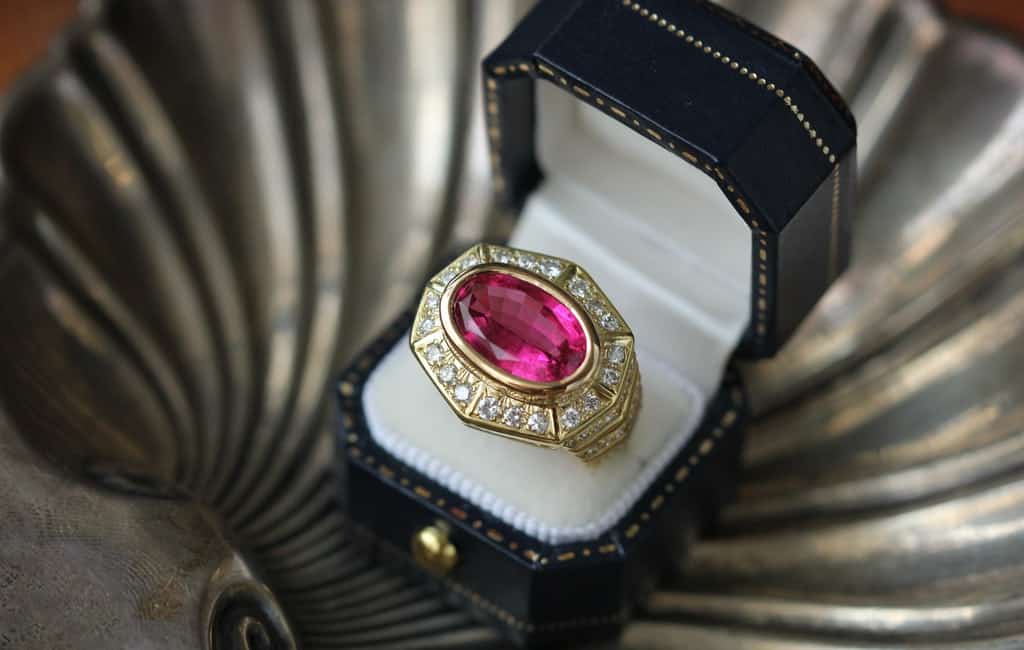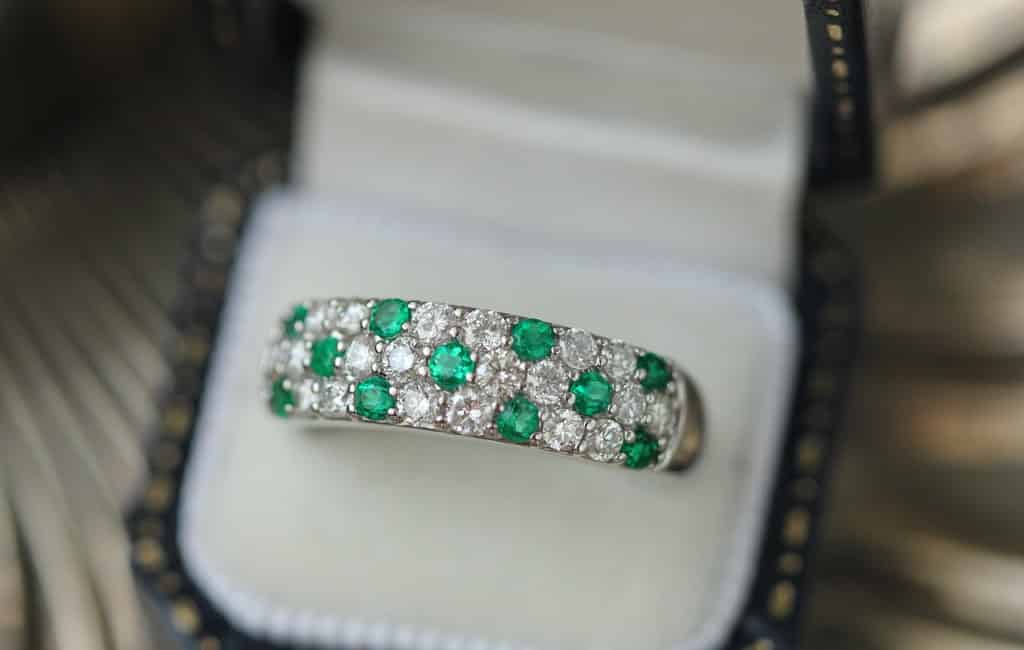Gemstones are some of the most beautiful items in this world. They come in different forms, shapes and sizes and each type varies from the rest on the basis of physical and chemical composition. The different types of gemstones include ruby, sapphire, diamond, jade, topaz, turquoise, kyanite, quartz and many others; all of which have their own rich history and application in fields like the fashion industry (where they are widely used in jewelry and ornamental making). The various gemstones in the world can also be subdivided into two main groups, which are; precious stones and semi-precious stones.
WHAT ARE PRECIOUS AND SEMI-PRECIOUS STONES?
Precious stones are gemstones that are usually more highly in demand, compared to other types of gemstones. They include gems such as; diamonds, rubies, sapphires and emeralds, which are highly desirable and wanted by many people all around the world. Several things contribute to the popularity and remarkable demand of precious stones, such as its quality, rarity and considerable commercial value.
Precious stones are usually seen are being of higher quality than other types of stones, because of their perceived general worth. Uncut and unpolished forms of these stones – and other kinds of gemstones – will sell for a lot of money, but generally, the cut and polished versions are more expensive. This is because the cut and polished versions are usually thought to be of pristine quality, as they are ideally free of impurities and other external materials, which may constitute a gemstone’s flaws. Also, the cut of a finished gemstone – be it a precious stone or otherwise – usually helps to showcase the brilliance of the stone, as it shapes the facets and all the sides and angles at which light can bounce off it; thus contributing to the gemstone’s sparkle.
Rarity is another factor that is very important when it comes to precious gemstones. Precious stones are generally thought to be rarer than semi-precious stones.
Examples of semi-precious stones include; jade, citrine, kyanite, lapis lazuli and many others, which generally cost less than precious stones (per unit), in gemstone markets across the globe. These stones are usually used in jewelry making to produce pieces such as necklaces, bracelets and rings (they are also widely used in the production of ornaments). However, many of them have other applications in industries such as construction.

WHAT ARE DIAMONDS?
Diamonds are precious stones which are often regarded as the hardest known gemstone, as well as the hardest natural substance known on earth. They are formed when pure carbon deposits, buried deep beneath the surface of the earth (hundreds of miles underneath the earth’s crust, in most cases), are exposed and subjected to immense forces of heat and pressure.
The extreme heat and pressure, which is generally produced in areas that have once experienced volcanic eruptions, works on pure carbon deposits to produce diamond atoms by rearranging the atoms of the pure carbon into a very hard and rigid crystal lattice structure. This rigid crystal lattice structure is usually built up over a long period of time; in a timeframe that often ranges from several months to millions – and even billions – of years. It is responsible for the widely known, remarkable hardness of diamonds, as well as their considerable resistance to chemical corrosion. It is also the reason why other substances, either chemical or physical in nature, cannot easily get into a diamond’s atomic structure (even when the diamond is still being formed).
Diamonds are widely used in the jewelry making industry, where they have amassed quite a bit of renown and notoriety as being the perfect gemstone for engagement proposals and weddings. This is because their remarkable hardness has made them a symbol of enduring and unending love, over the course of several millennia. After all, it is a well known saying that diamonds last forever, and people want that kind of love as well; one that lasts forever.

ARE ALL DIAMONDS UNIQUE?
Due to the nature of diamonds – i.e. their sparkle, remarkable hardness and the cultural significance attached to them – they are usually highly in demand and highly desired all across the world. Consequently, a lot of people have many questions regarding them.
One of the many questions people ask about diamonds is, “Are All Diamonds Unique?”
And the simple answer to this question is…well, it’s complicated.
On one angle, there is the fact that all diamonds are supposedly made up of the same substance, which is pure carbon. All samples of diamonds known in the world form exactly the same bonds within their chemical structure on an atomic level; so, one could say that all diamonds are in fact, not unique.
However, there are other factors to consider. And these factors are the reason why there are different types of diamonds. They include the following:
- Color
Diamonds can either be colored or colorless. Colored diamonds often contain substances such as nitrogen, boron and hydrogen which lead to the formations of colors in it; while colorless diamonds are only made up (completely) of pure carbon.
- The origin of the diamond
A diamond’s origin is very important. First of all, one has to determine whether the diamond is natural or synthetic. Natural diamonds are the types of diamonds that are formed on their own in nature. Everything about them was created and put together by the forces of nature such as natural heat and pressure. Synthetic diamonds on the other hand, were made in a laboratory (albeit from the same pure carbon that makes up the naturally formed diamonds, and as a result of processes that mimic those that take place in nature).
In the case of natural diamonds, a person also has to figure out if the gemstone is a blood diamond or if it has been mined from a conflict free zone. One sure way to ascertain this, and ensure that the diamond has not been obtained through illegal means, is to check for its certification (which should be embedded into it through the laser technology involved in the Kimberly Process).
THE BOTTOM LINE
Each diamond, though identical to others in terms of physical and chemical composition, can be regarded as unique because it should have its own unique documentation and certification, particularly in the form of registration tags which ought to be embedded into it, through the Kimberly Process (which basically proves that that particular diamond is a legal item).

